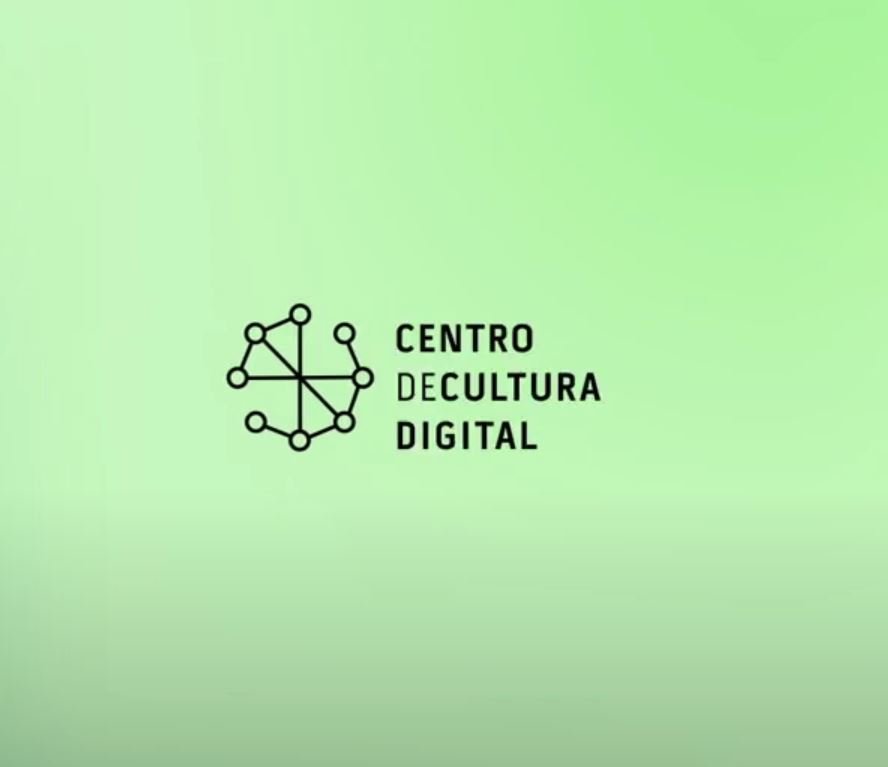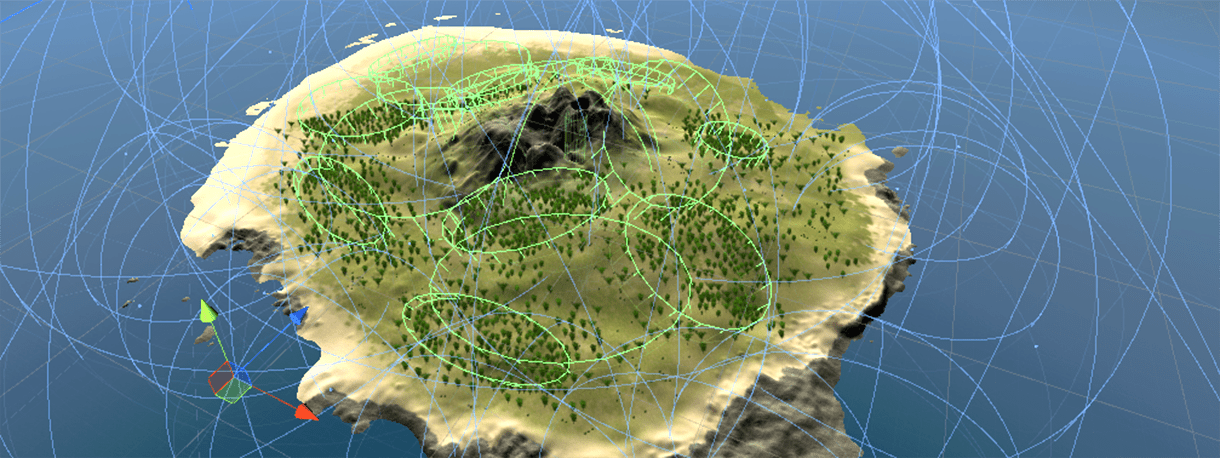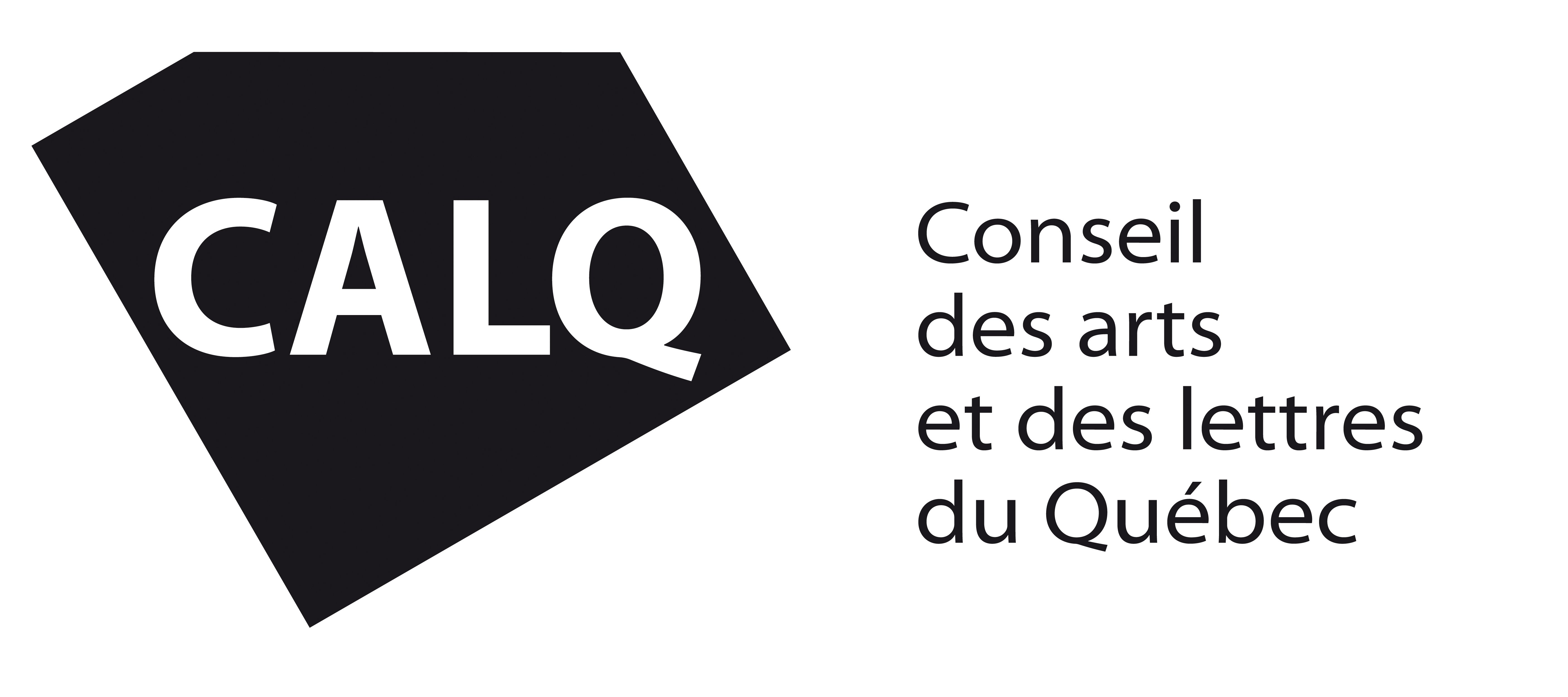Festival Inmersiva – Mexico City
FESTIVAL DELAYED DUE TO COVID19 – FEBRUARY 2021
In a very exciting presentation, the Centro de Cultura Digital in Mexico City will be presenting the most ambitious version of telematic artwork Presence (2020, Erin Gee and Jen Kutler) to date.
Presence – Erin Gee & Jen Kutler (Quebec / USA)
Telematic sound performance
Presence is a telematic sound work where two networked performers (Gee and Kutler) send and receive each other’s heart, sweat and respiration data from Canada and the USA, which in turn triggers strong electronic pulses in devices across their skin in response to one another. The two performers listen to a whispered roleplay of verbal suggestions on the topic of impossible and imaginary touch as music is generated live from their embodied reactions in live feedback over the network.
Video and audio livestream will be received at CCD in Mexico City, where a subject will also receive the live electric pulse signals from Jen and Erin’s bodies on both arms.
For more information on this hybrid streaming/real life event: Click here for a preview article published in Cronica MX (Spanish language)






